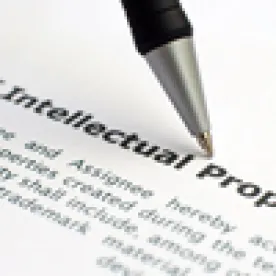Addressing the claim construction standard for a covered business method (CBM) patent review, the Patent Trial and Appeal Board (PTAB or Board) granted the patent owner’s request to use the Phillips claim construction standard, noting that this request fell within the then-upcoming (now in force) Amendments to the Rules of Practice for Trials Before the PTAB. Beauty Systems Group, LLC v. Intellectual Ventures I LLC, Case No. CBM2016-00029 (PTAB, Apr. 26, 2016) (Turner, APJ).
A patent owner involved in a CBM review requested that the claims be construed under the Phillips standard. In support, the patent owner noted that the subject patent would likely expire before any final written decision in the proceeding, and that the claim construction provided in the petition would likely change under the Phillips standard because of the claim construction positions adopted by the petitioner in related district court proceedings. The petitioner responded that the Board previously addressed the claim construction standard for expiring patents, and noted its concern about any delay in the proceedings.
In deciding the issue, the Board noted that the Amendments to the Rules of Practice for Trials Before the PTAB would go into effect just six days after the Board’s decision, and that those new rules would govern the instant proceeding. Under the new rules, the broadest reasonable interpretation claim construction standard applies to claims in an unexpired patent that will not expire before a final written decision is issued. By contrast, pursuant to 37 CFR § 42.300(b), if a party certifies that the patent-at-issue will expire within 18 months from the entry of the petition, the party can request the Phillips-type construction. Under the new rules, the request and the certification must be made in the form of a motion under § 42.20 within 30 days of the petition.
In this case, the patent owner agreed to file the necessary stipulation regarding the patent’s expiration, and although more than 30 days had passed since the filing of the petition, the Board agreed to waive the timing requirement. Thus the Board authorized the petitioner to file a briefing detailing any changes to the claim construction adopted in the petition as well as additional claim constructions. The petitioner will be allowed to respond but will not be allowed to raise any new grounds of unpatentability.



 />i
/>i

